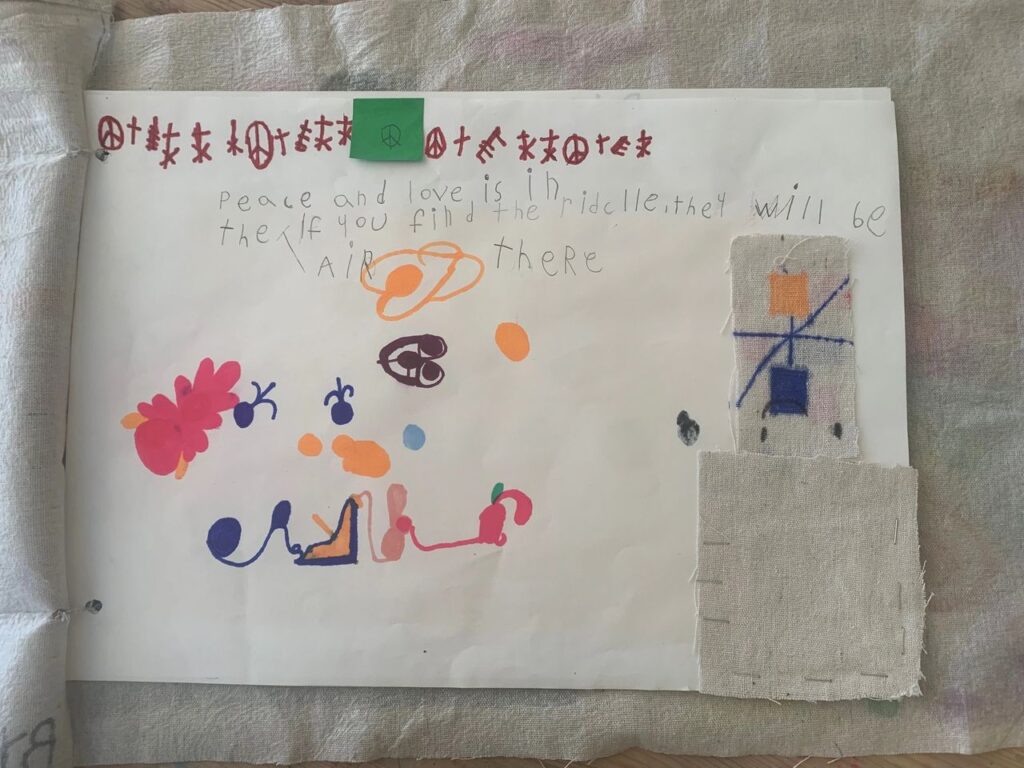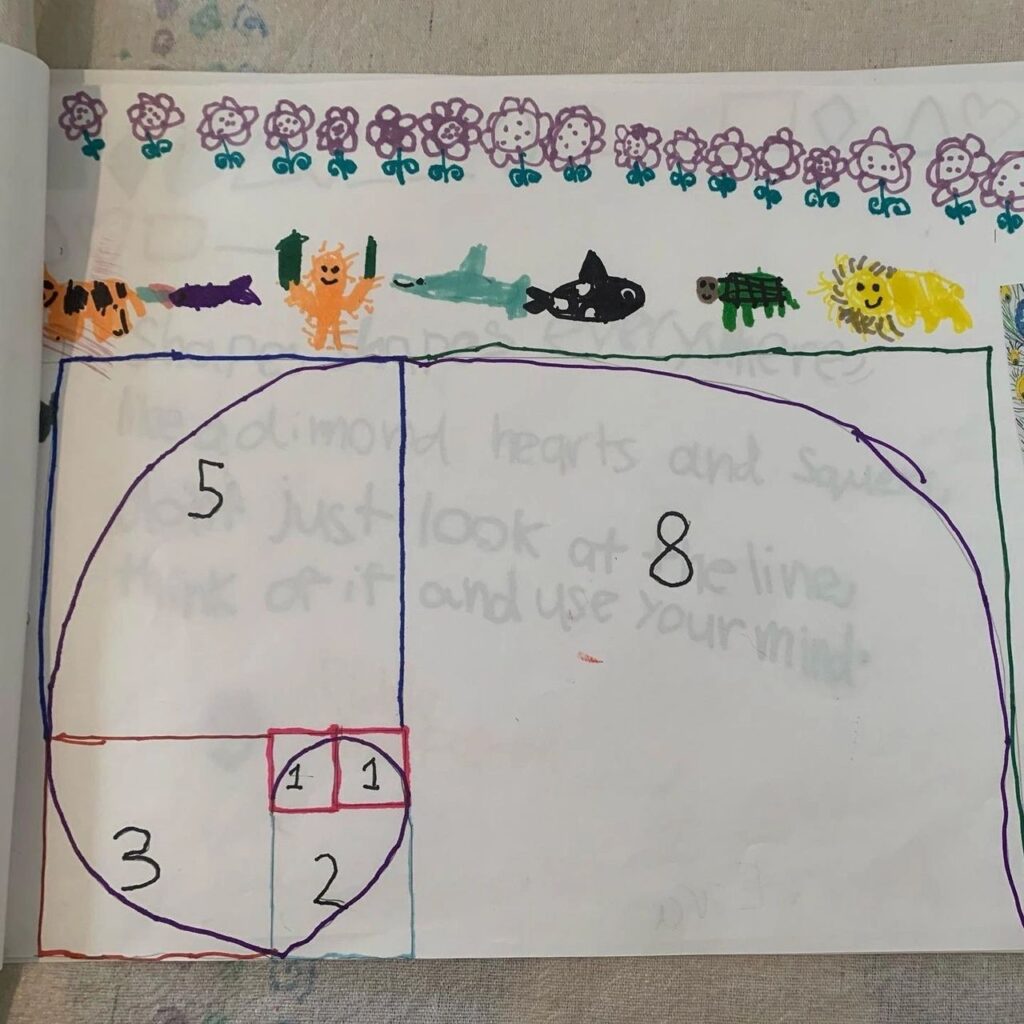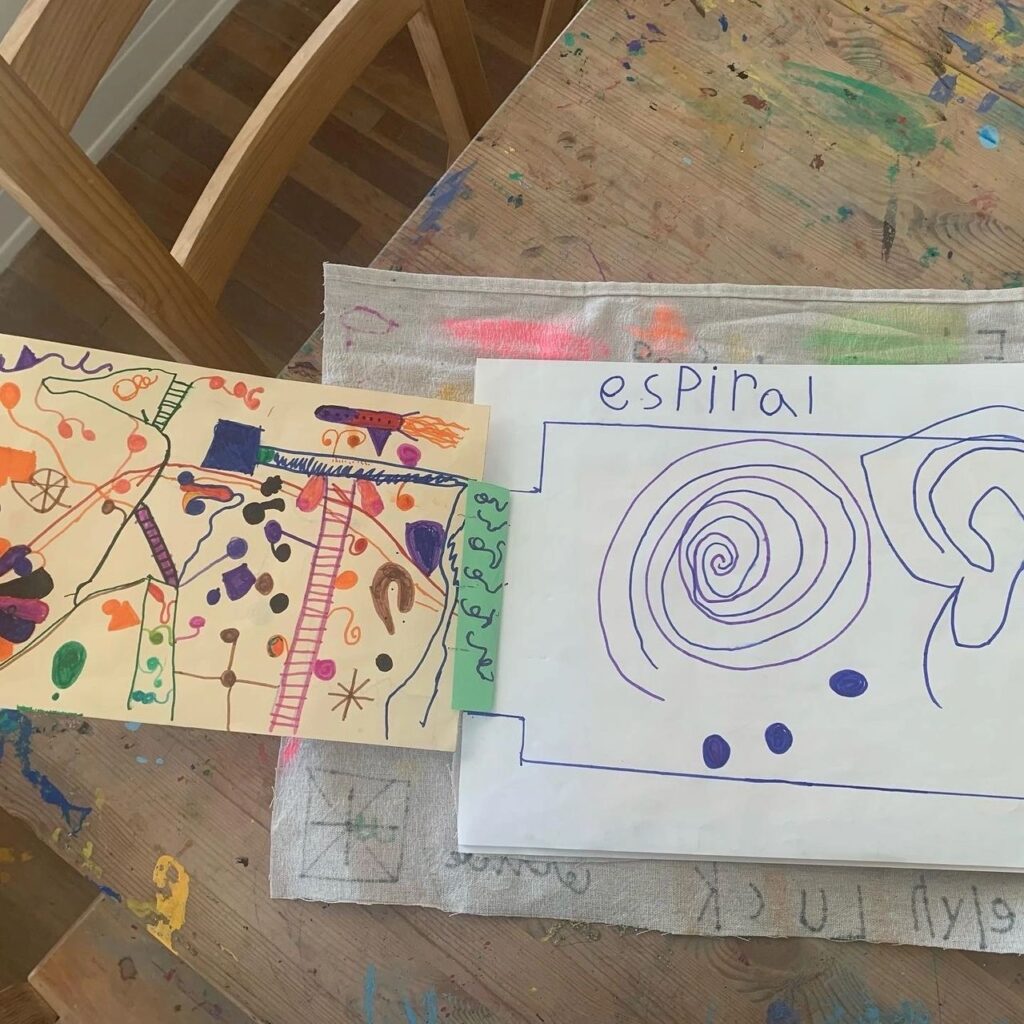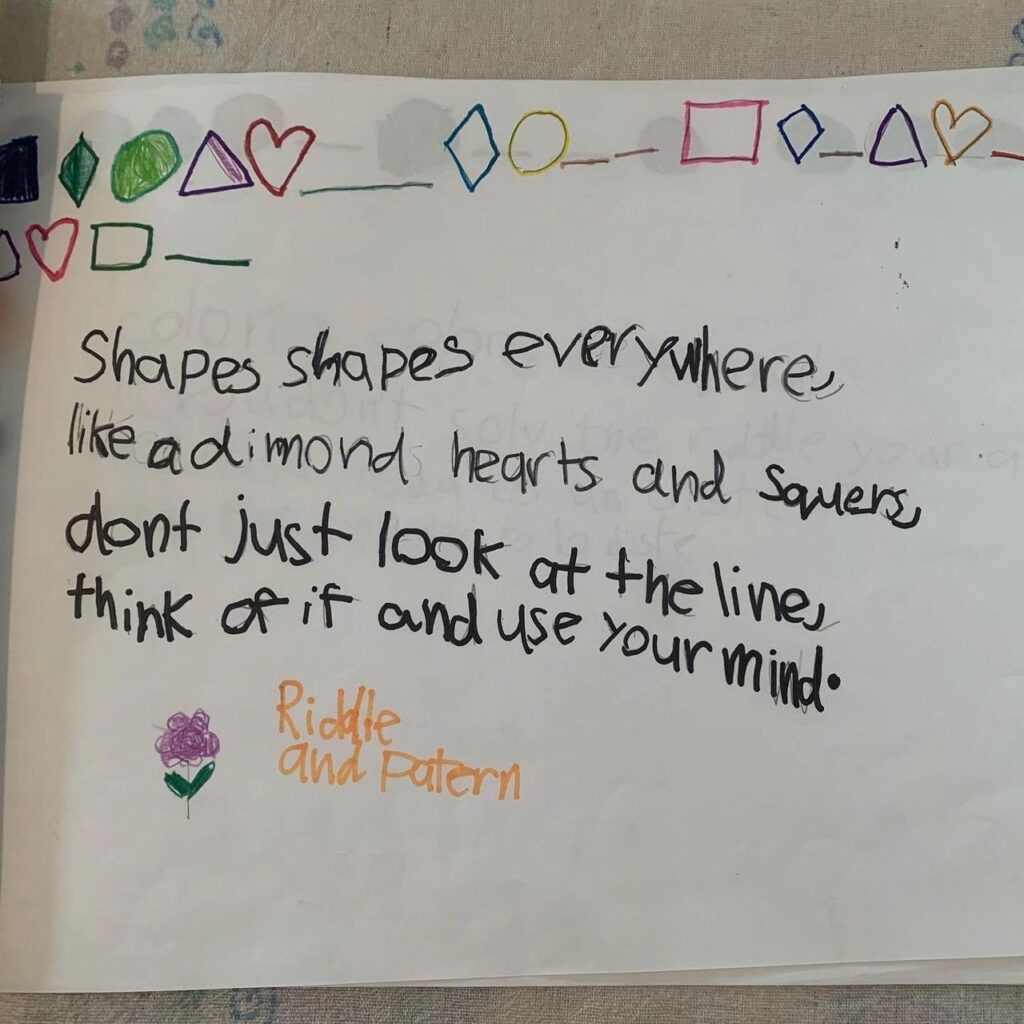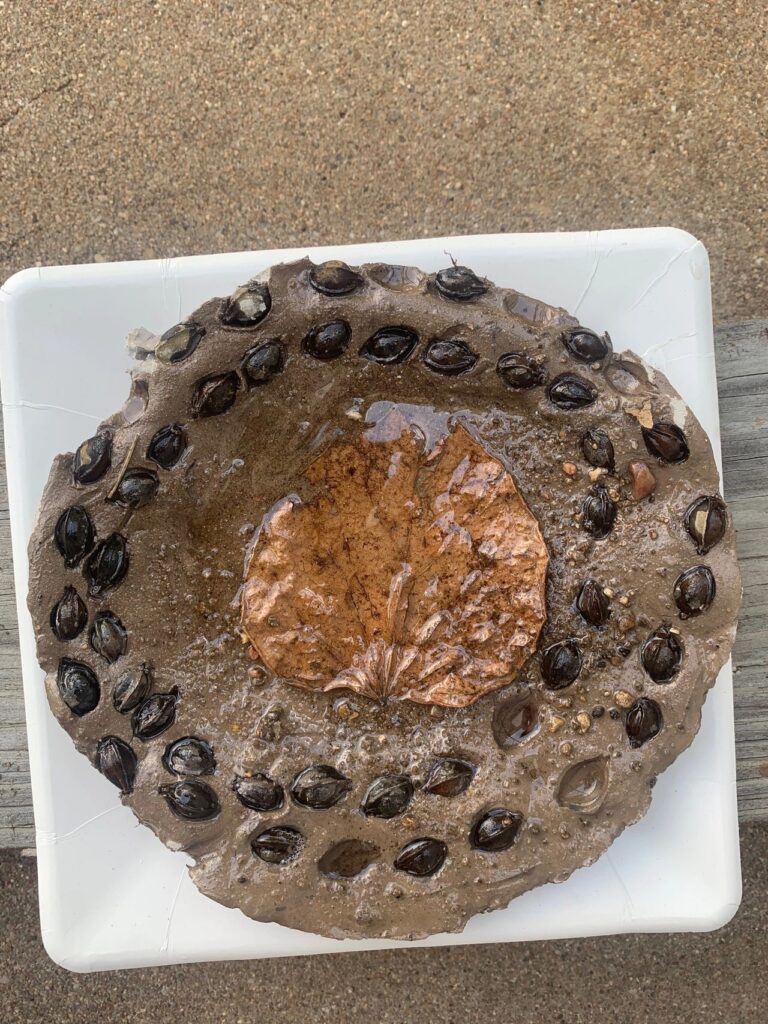Our students explored the Fibonacci sequence and all of the fascinating ways it appears in nature and art. We started by learning about the life of Fibonacci, also known as Leonardo Pisano, a 13th-century Italian mathematician who is credited with introducing the Hindu-Arabic numeral system to the Western world. We were amazed to learn that Fibonacci’s work has had such a lasting impact on mathematics and science.

Next, we dug into the actual Fibonacci sequence itself. For those who aren’t familiar, the Fibonacci sequence is a series of numbers in which each number is the sum of the two preceding ones, starting with 0 and 1. So, the sequence goes 0, 1, 1, 2, 3, 5, 8, 13, 21, and so on. We learned about the various patterns and relationships found within the sequence, and how it appears in everything from the arrangement of pinecone scales to the shape of seashells.
To further engage with the concept, we did an art project in which we used the Fibonacci sequence to create spiral patterns. We started by drawing a small spiral on a piece of paper, then used a ruler to divide it into segments according to the Fibonacci sequence (for example, the first segment would be 1 unit long, the second would be 1 unit long, the third would be 2 units long, and so on). Students then filled in each section using a variety of mediums.

But our exploration of Fibonacci didn’t stop there. We also wrote a book about the life and work of Fibonacci, complete with illustrations and explanations of key concepts. And on a particularly nice day, we took our learning outside and worked in the outdoor classroom, creating clay sculptures using Fibonacci numbers. We even repurposed some dried-out clay that we found lying around, giving it new life as part of our artistic creations.
We also incorporated a meditative exercise on counting and plucking petals of donated flowers. We estimated how many petals the flower would have and went into silence as each child began counting. We then used the flowers as paint brushes and the petals to adorn our artwork.
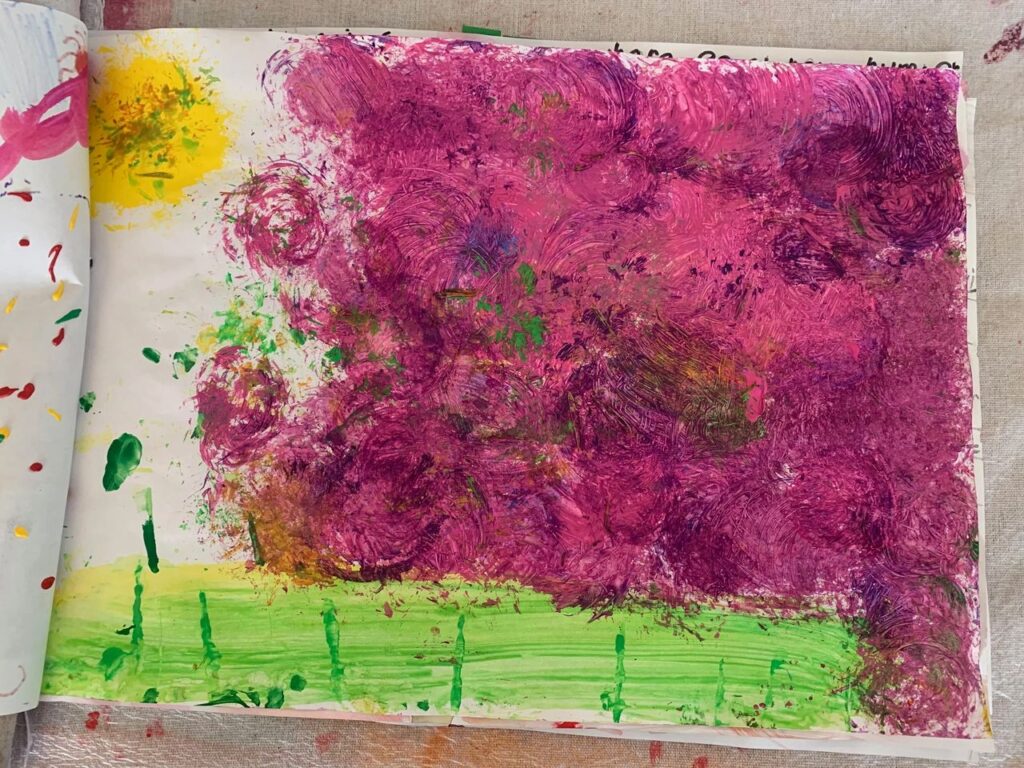
Overall, it has been a thrilling and educational journey delving into the world of Fibonacci. The understanding of the sequence still lives on in our every day learning!

